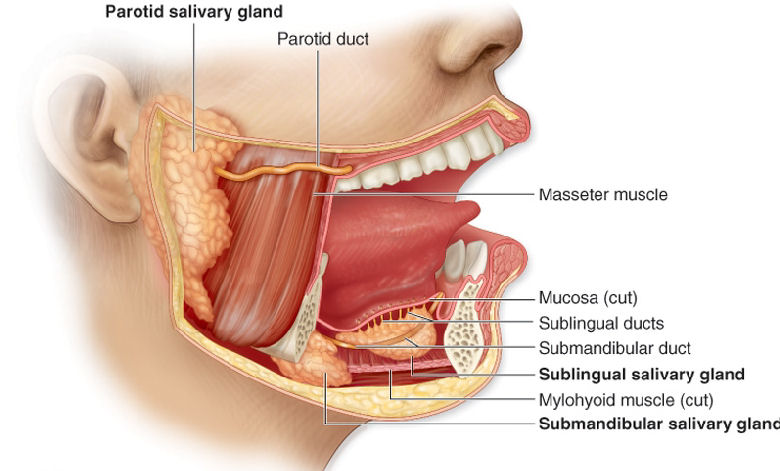215.WHAT IS SALIVA?
Concentrate right now and imagine that you are about to eat a lemon. Think of yourself biting into this lemon. Do you feel the saliva beginning to flow?
This is one of the interesting things about our salivary glands. They don’t function mechanically, but are subject to the control of the brain. There are three pairs of salivary glands. One is in front of the ear, one under the tongue, and one under the lower jaw.
The salivary glands automatically adapt the amount and nature of the saliva to the immediate task. Animals that eat moist foods have little saliva. Fish have no salivary glands, but in grain-eating birds, they are very developed. When a cow receives fresh feed, its salivary glands secrete about fifty quarts. When it receives dry hay, the quantity of saliva rises to about 190 liters. The largest human salivary gland secretes about 23,600 tiered of saliva in a lifetime!
Each of the salivary glands has its own special job. The largest one, the parotid gland In front of the ear, secretes large quantities of watery saliva. The chief purpose of this saliva is to dilute and to moisten the food well.
The glands near the lower jaw secrete a different kind of saliva; it makes the food “slippery.”
Which of the salivary glands will produce the most saliva depends on the food we take in. If we bite into a juicy apple that doesn’t have to be moistened, the lower glands will function. But if we eat a dry cracker, the parotid gland goes to work and produces large quantities clef watery saliva.
Human saliva contains an enzyme known as amylase. This works on starch, splitting the molecules into Sexton and then into malt sugar.



Leave a Reply